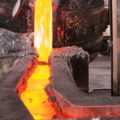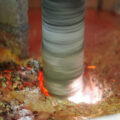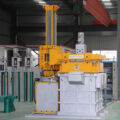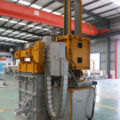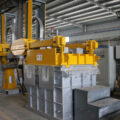Methods Of Degassing In Foundry are used by most aluminum foundry. Casting is a common metal and alloy forming technique in which liquid or molten material is poured into a mold to cool and solidify into a desired shape. However, the structural integrity of the final part is often compromised by the formation of small voids or pores in the material. In particular, aluminum alloys are prone to pores due to the presence of hydrogen bubbles in the molten metal. In the field of transportation, aluminum alloy plays a vital role in reducing the weight of vehicles.
Methods Of Degassing In Foundry
New technologies that reduce the formation of pores in the casting process will improve the competitive position of the relevant foundries and restore lost jobs. Rotary degassing unit is a piece of special purification equipment for the aluminum casting industry.
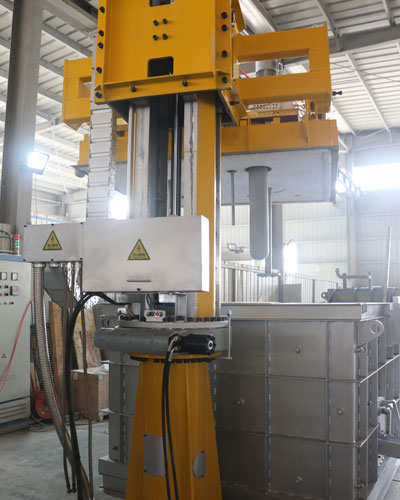
The on-line degassing device adopts advanced high-silicon smelting technology with long service life. The degassing rotor, heater protection sleeve and thermocouple protection sleeve adopt ceramic manufacturing technology, which can meet the requirements of producing high-precision aluminum.
The online degassing device should be installed between the furnace and the casting equipment. It is used to remove hydrogen (H) and slag from molten aluminum. The online degassing device has dual functions: processing and heating. It serves the high-precision molten aluminum purification industry.
Both argon and nitrogen can be used as inert gases to degass molten aluminum. The purity of inert gas must be higher than 99.99%.
The purpose of degassing is to inject inert gas into molten aluminum to remove hydrogen.
Degassing is also considered to be a very effective method for floating impurities.
Two main theoretical models have been proposed to explain the degassing mechanism. The macro model considers that the removal of each impurity is essentially similar. According to the theory, the dissolved hydrogen diffuses into the gas in the injected liquid aluminum due to the higher vapor pressure of hydrogen. Theoretically, inclusions with a diameter of 10 microns are in contact with bubbles and are adsorbed on the bubbles and float to the surface of the liquid.




